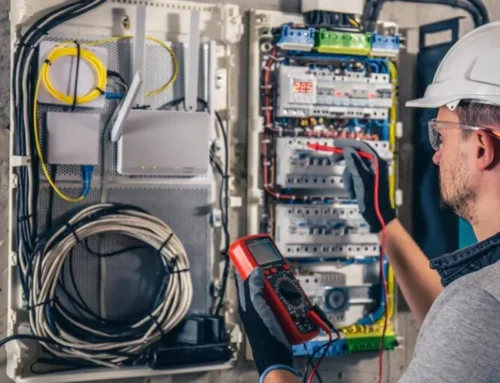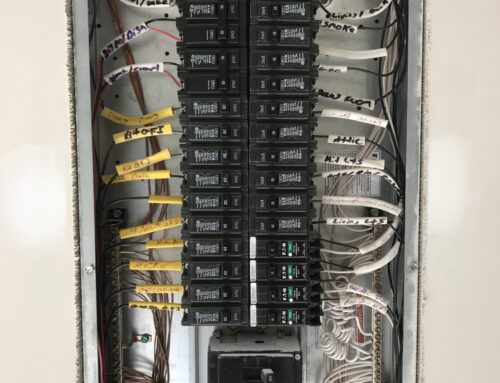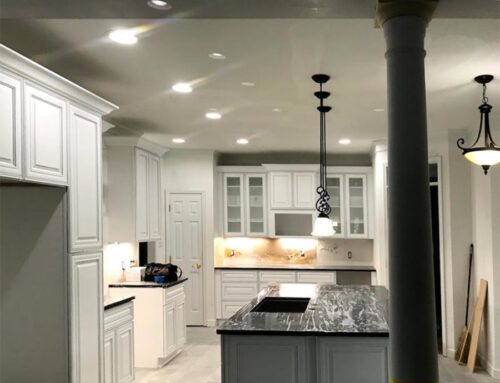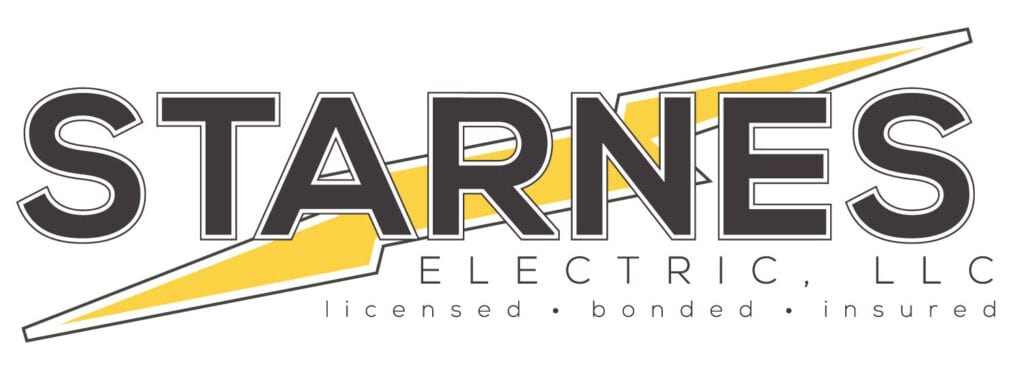When it comes to electrical safety, there are numerous rules and regulations in place to protect both individuals and property. One crucial aspect of electrical safety is the clearance required for electrical panels, as specified by the National Electric Code (NEC).
Let’s dive into the world of electrical panel clearances!
What is Electrical Clearance?
Electrical clearance is a fundamental concept in electrical safety, and it plays a crucial role in maintaining the well-being of both individuals and the electrical system itself.
Essentially, it refers to the space surrounding an electrical panel or equipment that must be kept clear and free from obstructions. This clear space is not just a matter of convenience but a critical safety measure with multiple purposes.
First and foremost, electrical clearance ensures the safety of electrical workers, technicians, and anyone who may need to access the panel. In the event of routine maintenance, troubleshooting, or emergency shutdowns, having unobstructed access to the electrical panel is paramount. This space allows professionals to work effectively and safely without the risk of injury from nearby objects or equipment.
Additionally, electrical clearance serves as a protective barrier for the electrical equipment itself. Electrical panels generate heat during operation, and proper clearance helps dissipate this heat efficiently. Without adequate clearance, the equipment can overheat, leading to reduced performance, increased wear and tear, and even the risk of electrical fires.
Furthermore, electrical clearance ensures that electrical panels are easily accessible during emergencies. In situations where a rapid shutdown or isolation of power is necessary, a clear and unobstructed path to the panel is essential for quick action. This accessibility can be a matter of life and death in critical situations.
What is the Minimum Clearance for an Electrical Panel?
The NEC provides specific guidelines for the minimum clearance required for electrical panels, which may vary depending on the voltage they serve. For panels serving 120 to 250 volts, a minimum clearance of 30 inches in width and 36 inches in depth is necessary. This ensures that there is enough space for electricians and maintenance personnel to work safely around the panel.
How Much Clearance is Needed in Front of a 480V Panel?
When dealing with higher voltage panels, such as those serving 480 volts, the clearance requirements become even more critical. According to the NEC, a clear working space in front of a 480V panel should have a minimum width of 30 inches and a minimum depth of 48 inches. This additional depth allows for the extra precautions needed when working with higher voltage equipment.
How Much Space is Required Before an Electrical Panel Serving 120 to 250 Volts?
For panels serving 120 to 250 volts, as mentioned earlier, the NEC specifies a minimum clearance of 30 inches in width and 36 inches in depth. This space is crucial for various reasons, including safe access for maintenance and emergency shut-offs. It also helps prevent overcrowding and potential hazards that can occur when equipment is placed too closely together.
How Much Clearance is Required Around an Electrical Panel in South Carolina?
While the NEC provides nationwide guidelines for electrical clearances, some states may have additional regulations or amendments to these rules. In South Carolina, for instance, the clearance requirements are generally consistent with the NEC. However, it’s essential to check with local authorities or consult the South Carolina Building Codes Council for any specific regional variations or updates.
What is the Height Requirement for Electrical Panels in the NEC?
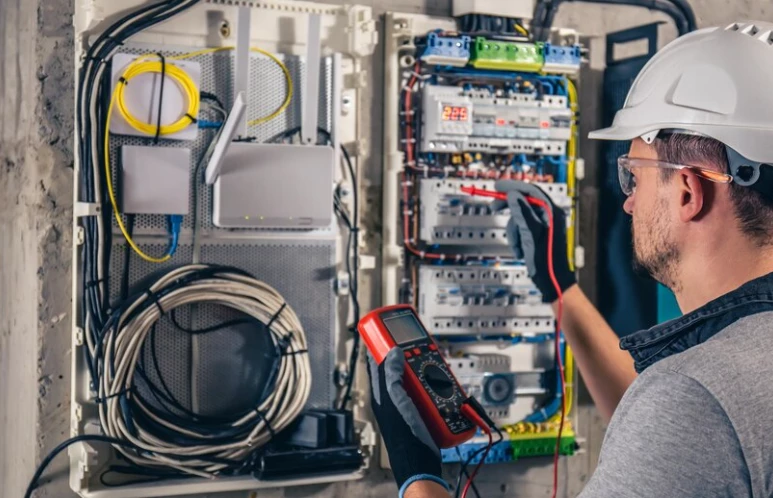 In addition to width and depth clearance requirements, the NEC also specifies height requirements for electrical panels. The height of the working space in front of the panel must be at least 6 feet 6 inches, measured from the floor to the top of the panel. This ensures that there is ample space for personnel to work comfortably and safely without any obstructions.
In addition to width and depth clearance requirements, the NEC also specifies height requirements for electrical panels. The height of the working space in front of the panel must be at least 6 feet 6 inches, measured from the floor to the top of the panel. This ensures that there is ample space for personnel to work comfortably and safely without any obstructions.
In summary, the National Electric Code provides clear and specific guidelines for the clearance required around electrical panels to ensure the safety of both electrical workers and the general public. These clearance requirements vary depending on the voltage served by the panel, with higher voltage panels requiring larger clear working spaces. It’s essential to adhere to these regulations and any additional state or local requirements to maintain a safe electrical environment.
Remember that electrical safety is not just a matter of compliance; it’s a matter of protecting lives and property. Proper clearance around electrical panels is a fundamental aspect of electrical safety that should never be overlooked.
By following the NEC guidelines and any local regulations, you can help ensure a safe and hazard-free electrical environment in your home or workplace.
Why Choose Starnes Electric LLC for Your Electrical Clearance Needs?
When it comes to electrical safety and following the National Electric Code (NEC), it’s important to have a reliable partner who knows all about electrical clearance. Our team of skilled electricians is proud to have years of valuable experience in the field. We have a strong understanding of NEC regulations, including clearance requirements, and we make sure that every project we work on meets the highest safety standards.
Understanding and Following Rules and Regulations: Our top priority is keeping you informed about the latest NEC codes and local regulations. We want to make sure that your electrical clearance project goes above and beyond the required code requirements, so that your property stays safe and compliant.
Tailored Solutions: We totally get it! We know that every project is one-of-a-kind. Whether you’re in a residential, commercial, or industrial setting, we’re here to help with all your electrical clearance needs. Our solutions are customized to fit your specific requirements.
Safety is our number one concern at Starnes Electric LLC! We prioritize safety and have implemented strict protocols to ensure the well-being of our team, your property, and everyone on-site. We prioritize safety to give you peace of mind throughout the project.
Efficiency and Timeliness: We really appreciate your time and completely understand that delays can be quite costly. We take pride in our efficient work practices and commitment to completing projects on time, which means you can count on us to minimize any disruptions to your daily operations.
FAQs About Electrical Clearance
- Why is electrical clearance necessary?
Electrical clearance is essential for safety during maintenance, repairs, and emergencies. It provides clear access to electrical panels, prevents overheating, and allows for swift action in case of power shutdowns. - What happens if I don’t meet clearance requirements?
Failure to meet clearance requirements can result in safety hazards, reduced equipment lifespan, and potential code violations. Non-compliance can lead to fines and, in some cases, insurance issues. - Are NEC clearance requirements the same everywhere?
While the NEC provides national guidelines, local authorities may have additional regulations or amendments. It’s crucial to consult with experienced professionals like Starnes Electric LLC to ensure compliance with both national and local requirements.
Contact Us Now and Ensure Electrical Safety!
At Starnes Electric LLC, we are committed to your electrical safety and compliance needs. Whether you’re a homeowner, business owner, or industrial manager, we have the expertise to provide the highest-quality electrical clearance services.
Don’t compromise on safety. Call us at 803-280-3510 for a consultation, and let us ensure that your electrical panels and equipment meet all NEC and local clearance requirements.
Your safety is our priority, and we’re here to help you achieve peace of mind in your electrical systems.

